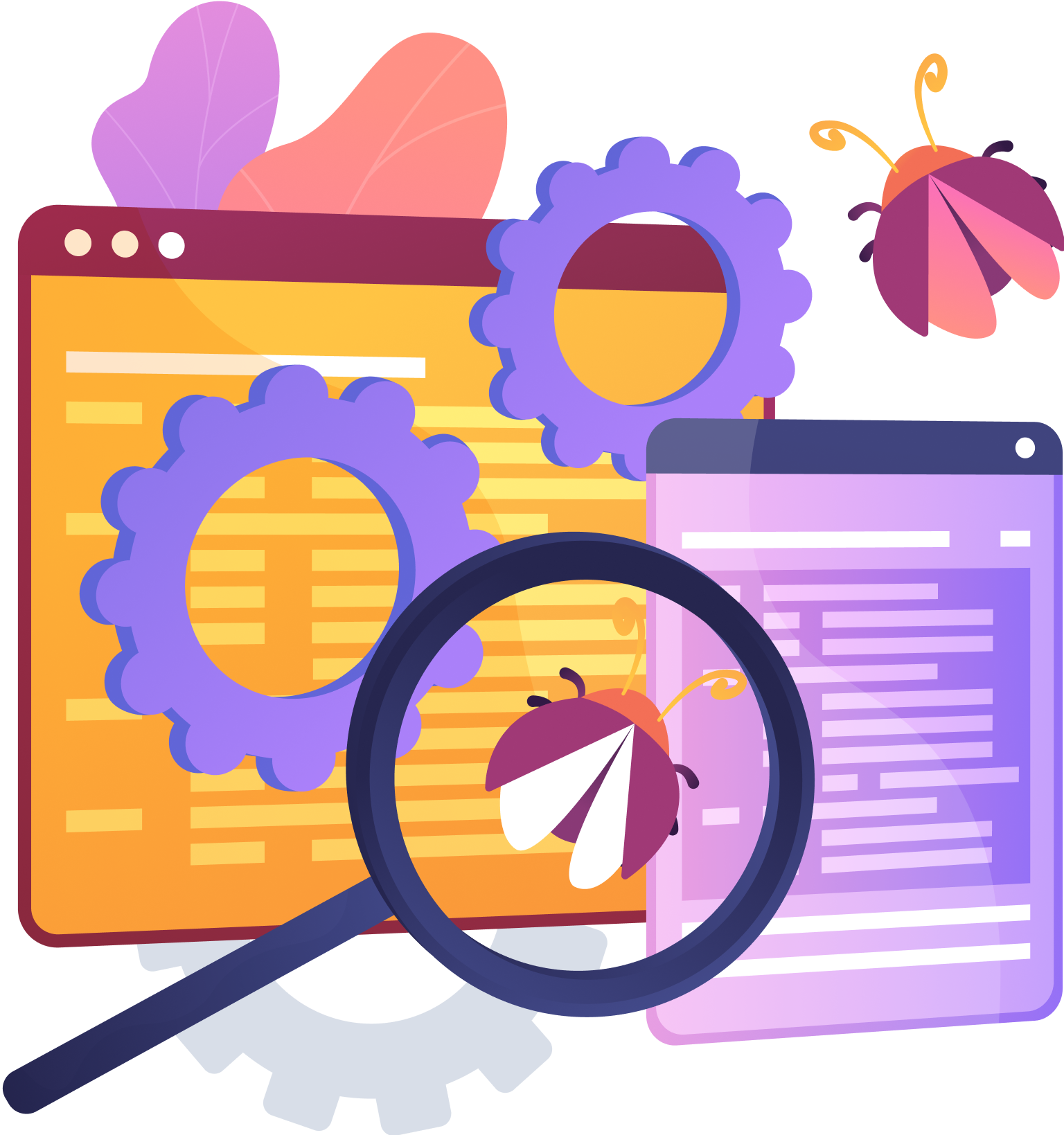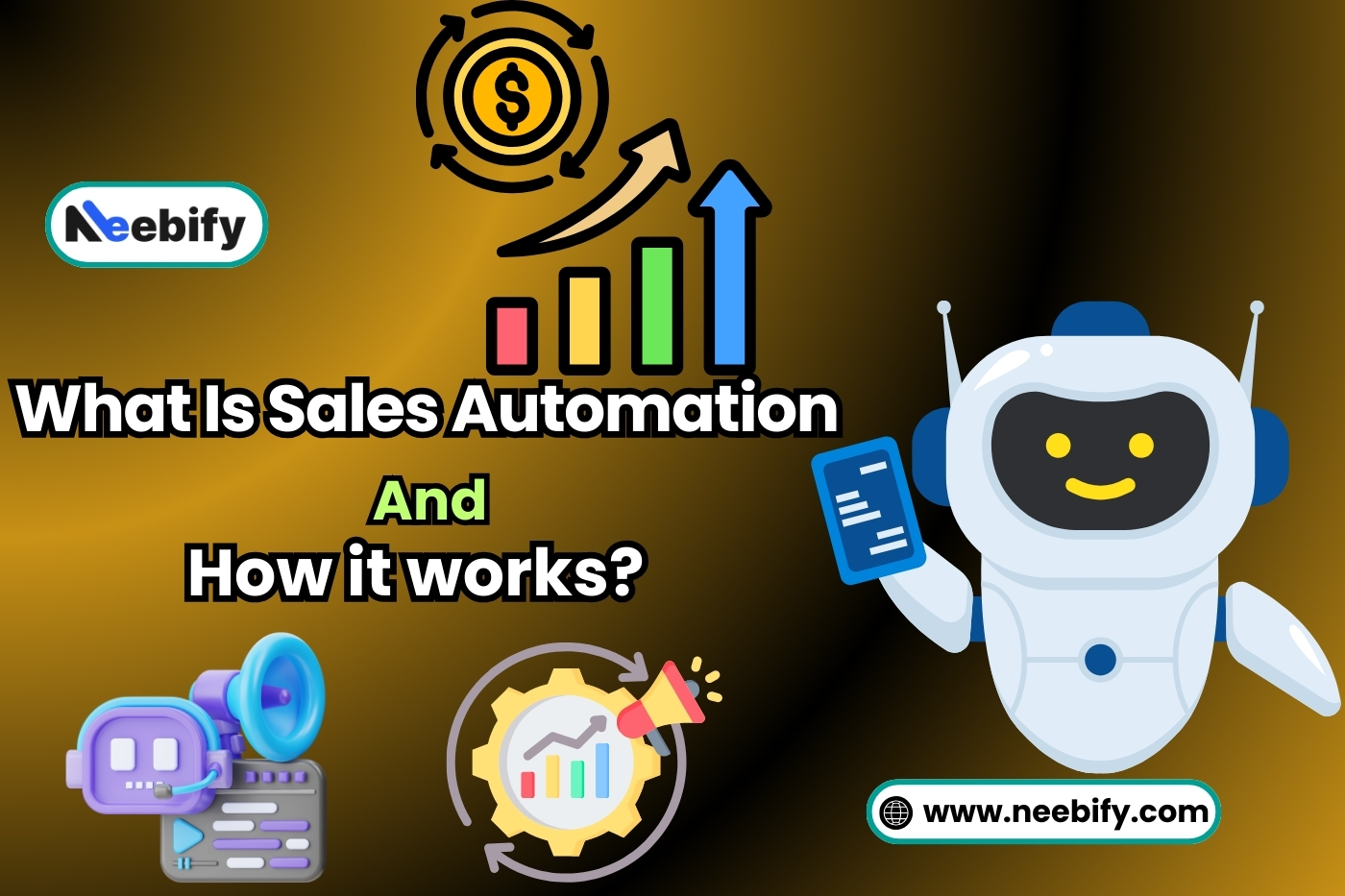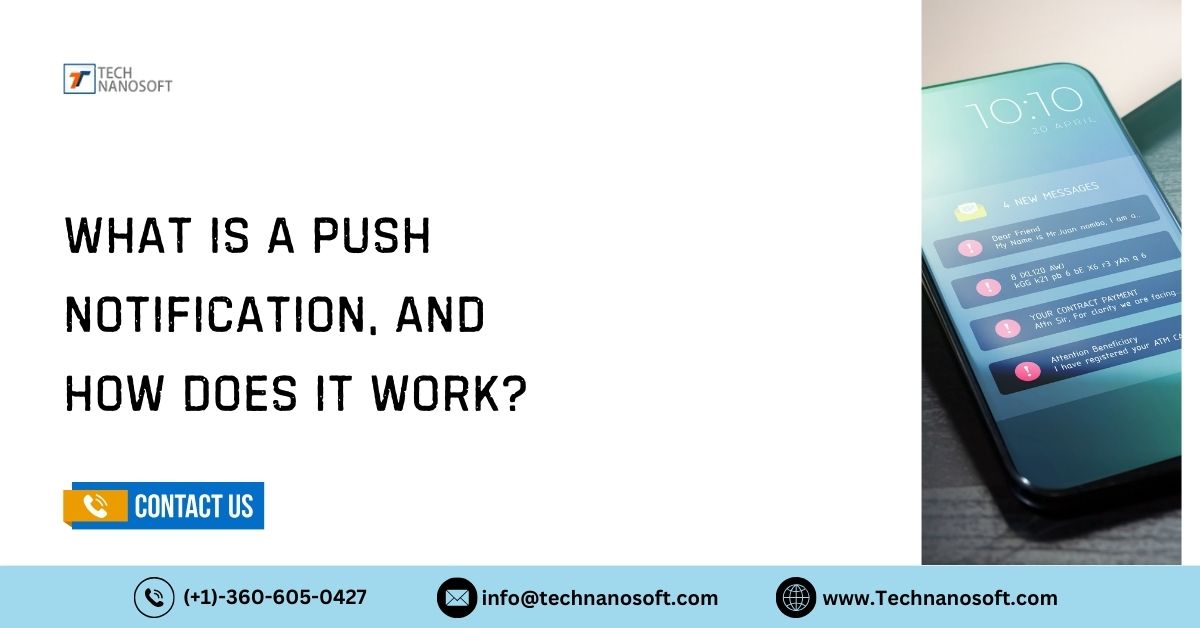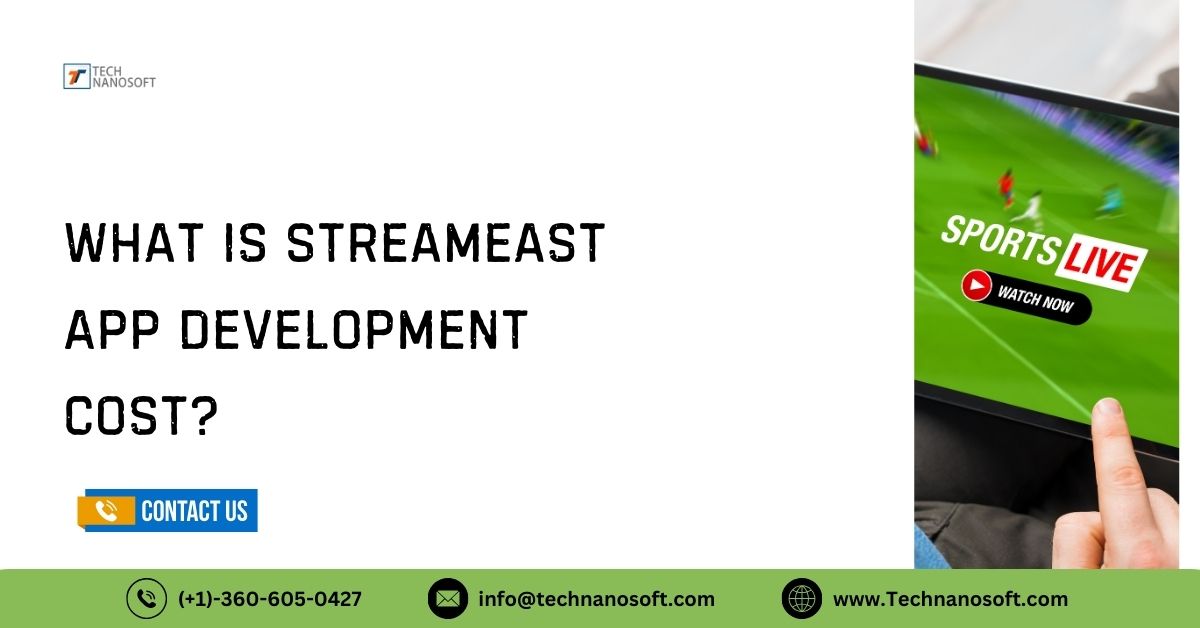The top 10 IOT companies and services to know
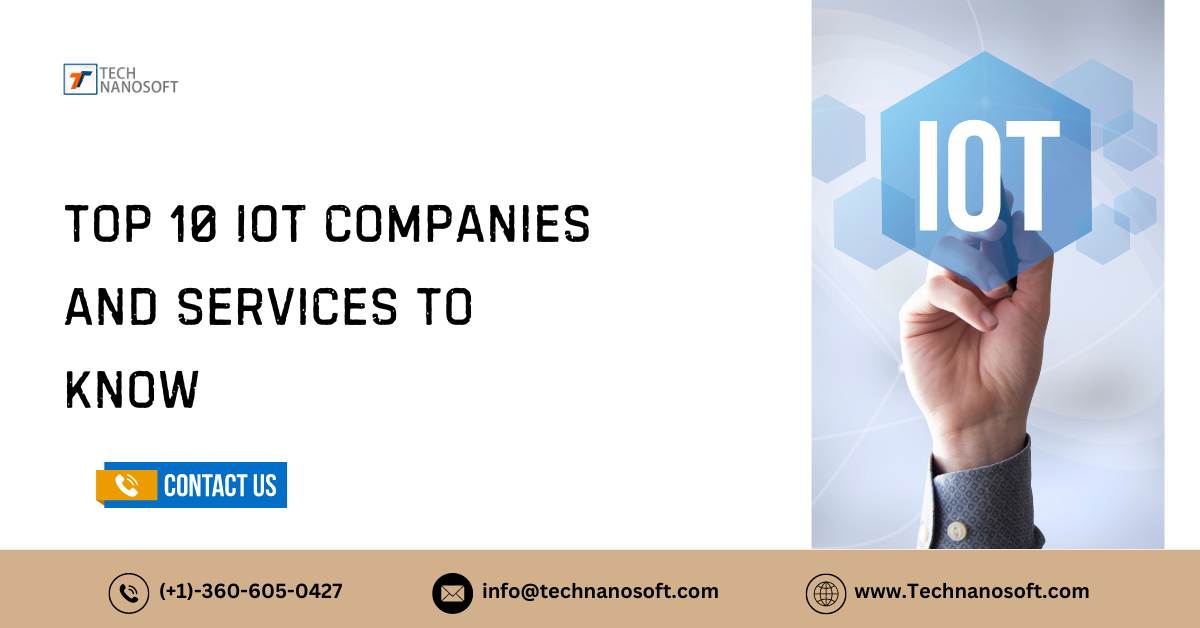
The Internet of Things (IoT) uses data analytics and Smart Devices to change technology with its advanced network capabilities. It is changing businesses. In 2024, there will be more focus on marketing IoT software.
There will also be a spotlight on various types of IoT software. Additionally, major companies will play a significant role in shaping this fast-changing industry.
This piece talks about the important parts of IoT software in 2024, such as the inter iot services stack, architecture choices, software marketing trends, and the companies that are leading the way in innovation in the industry.
IoT Software Marketing
In 2024, IoT software will change how companies market them with data insights and personalized user experiences. Businesses are using AI and advanced analytics to improve how they reach and target customers with their marketing strategies. Material marketing is still very important, with a focus on making high-quality, informative material that shows how IoT solutions can help businesses.
Influencer marketing and social media platforms are also becoming more popular ways to spread company messages and become a thought leader in the IoT space. Companies need to use these trends to stay ahead of the curve, connect with customers in useful ways, and drive growth in the inter iot market, which is very competitive.
6 Different ways to Build IoT Software
Edge Computing
Edge computing changes the design of IoT by prioritizing the handling of data close to where it comes from, which cuts down on latency and lets decisions be made in real time. In situations where split-second choices are necessary, like in industrial automation and driverless cars, this architecture is a must.
Edge computing improves productivity and makes the best use of bandwidth by processing data closer to where it's created. Because it can handle data at the network edge, it has faster reaction times, which makes it perfect for applications that need to quickly get information and take action. Edge computing helps businesses be more flexible and quick to respond, which leads to new ideas and a competitive edge in the IoT world.
Fog Computing
By dividing tasks between cloud-based and edge-based devices, fog computing transforms the processing of data. This makes standard cloud computing more useful. By combining local processing with centralized cloud services, this hybrid method makes the best use of resources and reduces latency.
Fog computing really shines in smart cities and healthcare settings where making decisions and analyzing data in real time is very important. Bringing computing power closer to the data source improves speed and efficiency while protecting data privacy and security. With fog computing, businesses can get the best of both edge computing and cloud computing, which opens up new IoT application options.
Microservices Architecture
By breaking up large applications into smaller, self-sufficient services, microservice architecture changes how inter iot environments are built and managed. This modular method makes things more scalable, flexible, and easy to maintain, which lets businesses quickly change to meet new needs. Microservices architecture lets parts be updated or scaled up on their own, which makes development and deployment more flexible.
This architectural style encourages new ideas and shortens the time it takes to market IoT solutions. This makes it an excellent option for businesses seeking to maximize the benefits of interconnected products and services.
Event-Driven Architecture
Event-Driven Architecture prioritizes real-time responsiveness by studying events as they occur, allowing people to respond quickly to changing circumstances. This style of architecture works well for Internet of Things (IoT) systems that need to react quickly to events, like monitoring and predictive repair systems.
Event-driven architecture makes it easier to make smart decisions and improves business efficiency by processing events in real time. This architecture lets organizations get useful information from streaming data, which leads to constant growth and optimization. Businesses can create scalable and reliable IoT solutions with event-driven architecture that can handle the changing needs of today's business world.
Serverless Architecture
Serverless architecture changes the way servers are managed by letting you pay as you go and automatically scaling resources based on demand. This method gets rid of the need to set up and maintain servers, which cuts costs and makes it easier to add more users. Serverless architecture makes the best use of resources and reduces operational overhead in IoT settings where workloads change often or are hard to predict.
Companies can focus on making and launching apps without having to worry about managing the infrastructure. This accelerates innovation and time to market. Businesses can make IoT solutions that are flexible, cost-effective, and can grow easily as their needs change with serverless architecture.
Blockchain Integration
The integration of blockchain technology addresses security issues in inter iot settings by guaranteeing the integrity and openness of data. Using blockchain technology, organizations can build trust and responsibility in IoT networks. This lowers the risk of data theft and unauthorized access. This is especially important in fields like healthcare, banking, and supply chain management, where managing data in a safe and clear way is very important.
Integrating blockchain technology improves data control and compliance, helping businesses follow rules and keep private data safe. Businesses can create strong and safe IoT communities with blockchain, which builds trust and encourages new ideas in the digital age.
The IoT Services Stack
Connectivity Solutions
Connectivity solutions are the building blocks of IoT ecosystems. They ensure seamless communication between linked devices. Their job is still crucial because they make it possible to share data and make decisions in real time. Reliable connectivity boosts productivity and operational success in all fields, from healthcare to manufacturing.
By using advanced networking technologies, businesses can get the most out of their resources and make their IoT projects more innovative. As the need for connected devices grows, businesses that want to stay competitive in the digital age must invest in strong connectivity solutions. These solutions will help them discover new possibilities and grow in a sustainable manner.
Device Management
Device management is becoming an important part of inter iot infrastructure because it makes it easier to set up, track, and fix connected devices. In 2024, companies will place a high priority on managing devices well to make sure they work smoothly and meet security standards. Automated provisioning and configuration tools make deployment easier, which cuts down on downtime and boosts output. Real-time monitoring lets you do preventative maintenance, which keeps problems to a minimum and improves gadget performance.
Strong device control solutions are essential as the number of inter iotdevices increases, enabling businesses to expand their deployments and optimize their connected assets. Businesses can drive innovation and get ahead in today's digital world by investing in complete device management strategies.
Data Processing Services
Data handling services play a crucial role in transforming raw IoT data into insights that enhance decision-making and operational efficiency. In 2024, iot companies will use advanced analytics and machine learning techniques to get useful information from huge amounts of sensor data. Real-time processing lets you respond quickly to changing conditions, which improves your knowledge of the situation and makes predictive maintenance easier.
Utilizing the power of data processing services helps companies learn more about their operations, revealing hidden trends and chances to make things better. In today's data-driven economy, companies can get actionable information from their IoT deployments by investing in a strong data processing infrastructure. This leads to innovation and business growth.
Application Deployment
When deploying apps in the inter iot world, the focus is on creating easy-to-understand user interfaces and smooth experiences for end users. To increase adoption and satisfaction, companies will focus on user-centered design principles in 2024. Time-to-market for IoT apps is sped up by streamlined deployment processes, which let businesses act quickly to changing customer needs. Interfaces that are easy to use and pique users' interest encourage adoption and loyalty.
Companies spend money on agile rollout strategies to stay ahead of the competition and give their customers value as the number of IoT solutions grows. By putting application deployment first, businesses can provide people with unique experiences that stick with them. This will help the IoT market succeed and grow.
The Top 10 IoT Software Companies
IBM Watson IoT
IBM Watson IoT is one of the fastest-growing companies in the IoT space. IBM Watson IoT has many tools, such as device management, analytics, and AI-driven insights. It is known for its cognitive skills.
Businesses utilizing IBM watson web IoT can transform the vast amounts of data generated by IoT devices into valuable insights through AI. This makes it easier to make smarter decisions and use predictive analytics. This enables businesses to stay ahead in their fields by taking smart actions and planning ahead.
Microsoft Azure IoT
By using the powerful Azure cloud platform, Microsoft Azure IoT has become the leader in IoT software. Azure IoT provides scalable methods for configuring devices, monitoring them, and establishing internet connections. It works well with other Microsoft services.
Because Microsoft wants to provide a stable and flexible environment, Azure IoT is the best choice for businesses that need reliable IoT solutions. Azure IoT helps businesses come up with new ideas, grow, and improve their processes, which leads to more efficiency and growth in an increasingly connected world.
Amazon Web Services (AWS) IoT
AWS IoT gives businesses access to technology that is safe and can grow as needed. It is a pioneer in cloud computing. AWS IoT lets businesses get the most out of the cloud for their IoT projects by providing a full set of services for advanced analytics, data storage, and device connectivity.
Its easy connection with other AWS services makes it even more appealing, making it a top choice for businesses that want to use the cloud for their IoT projects. With AWS IoT, companies can get new insights, spur innovation, and reach their goals for going digital.
Cisco IoT
Cisco IoT is the leader in networking solutions because it provides strong connections, security, and data management. Cisco IoT solutions aim to construct a secure and efficient network infrastructure that caters to diverse IoT deployments across various industries.
Cisco is a major force shaping the future of connected products. Its focus on safety and efficiency means that businesses can trust its IoT solutions. With Cisco IoT, companies can build strong network infrastructures that make IoT deployments scalable and safe.
Siemens Mindsphere
Siemens Mindsphere is very good at industrial IoT. It makes custom solutions for monitoring, optimizing, and predicting maintenance needs in production settings. Siemens Mindsphere has a base that works well with machines and processes because it has a lot of experience with industrial automation. Businesses can use the information they get from this integration to gain useful insights and improve operational efficiency.
This makes the manufacturing sector more productive and competitive. Companies can use Siemens Mindsphere to make their manufacturing processes work at their best, which leads to new ideas, growth, and success in the era of Industry 4.0.
Technanosoft
Technanosoft establishes itself as a significant player in the IoT software market by offering innovative solutions tailored to businesses' evolving requirements. Technanosoft offers a full range of IoT software services, such as device management, data analytics, and application creation. They focus on using cutting-edge technologies and making designs that are easy for users to understand.
Technanosoft assists businesses in connecting and handling Internet of Things (IoT) devices, extracting useful information from IoT data, and creating distinctive IoT apps by leveraging its expertise in cloud computing and AI. Technanosoft is committed to advancing the IoT industry through its dedication to excellence and innovative ideas. This helps businesses find new possibilities and make the switch to digital.
PTC ThingWorx
PTC ThingWorx is a leader in industrial IoT and provides an easy-to-use tool for quickly creating and deploying IoT applications. With powerful tools for connecting devices, viewing data, and making apps, ThingWorx makes it easy for businesses to use IoT technology to its full potential.
Businesses can quickly and easily bring new IoT solutions to market thanks to its easy-to-use interface and full set of features that make development faster and easier. Businesses can speed up their digital transformation with ThingWorx, which opens up new growth and efficiency possibilities in the industrial landscape.
SAP Leonardo IoT
SAP Leonardo IoT becomes a leading provider of all-in-one IoT solutions that meet businesses' needs for connecting, controlling, and analyzing IoT data. SAP Leonardo IoT helps businesses get useful information, improve operations, and make their supply chains more efficient by focusing on asset intelligence, predictive maintenance, and supply chain optimization.
Its set of services helps businesses use IoT technology to its fullest, so they can improve asset performance, cut down on downtime, and make the supply chain work better. Companies that use SAP Leonardo IoT can stay ahead of the curve and drive growth in the digital age.
Oracle IoT
Many different types of solutions are available from Oracle IoT for connecting and controlling IoT Smart Devices. These solutions enable businesses to harness the power of IoT technology. Oracle IoT makes it easy for businesses to build and launch IoT apps on Oracle Cloud Infrastructure by letting them manage devices, integrate data, and perform analytics.
Its complete set of tools gives businesses the power to streamline their IoT projects, encourage new ideas, and find new ways to grow and be more efficient. When businesses use Oracle IoT, they can speed up their digital transformation and be successful in the IoT world.
Bosch IoT Suite
The Bosch IoT Suite gives businesses a complete set of tools for connecting, controlling, and analyzing IoT data and devices. The Bosch IoT Suite gives businesses the tools they need to get the most out of IoT technology by letting them control Smart Devices, process data, and make apps.
Its ability to work seamlessly with other Bosch goods and services makes it more appealing. This lets businesses create complete IoT solutions that fit their needs. Businesses can drive innovation, improve processes, and find new ways to grow and be more efficient in the digital age by using the Bosch IoT Suite.
The IoT Software Environment in 2024
Diverse Market Landscape
Many well-known companies and new, cutting-edge startups work together in the IoT software market to make it a thriving environment. This variety encourages new ideas and competition, which leads to improvements in IoT solutions and technology. Businesses have a lot of choices, from well-known stars in the field to new iot companies that are just starting.
Each business can tailor these options to meet its specific needs. This changing market creates chances for people to work together, form relationships, and come up with new ideas that shake things up. These things will shape the future of IoT technology and how it affects many different fields.
End-to-End Solutions
Businesses want IoT platforms that offer full solutions, including data processing and connecting devices. These platforms are in high demand because they offer complete services. These systems make setting up and managing IoT solutions easier by giving you a single way to deal with different problems and needs.
End-to-end solutions make it easier for businesses to install IoT devices, make them less complicated, and make them more efficient and scalable. With a focus on easy integration and interoperability, these platforms give businesses the tools they need to get the most out of IoT technology and turn their entire operations into digital ones.
The Rise of Open-Source Solutions
In 2024, open-source solutions are becoming more popular in the IoT software market because they allow people to work together and offer benefits like freedom, low cost, and new ideas. These solutions help community-driven development by letting developers work together, share resources, and add on to tools that are already out there.
Businesses can speed up their IoT projects, cut down on time to market, and get past entry barriers by using open-source options. With a focus on openness, interoperability, and customization, open-source solutions give businesses the tools they need to make IoT solutions that fit their specific needs and help them succeed.
Integration and Interconnectedness
This is happening because of a push for interoperability and standard communication methods. The IoT ecosystem is becoming more integrated and linked. This trend makes it easier for different devices, systems, and platforms to talk to each other and work together, which makes data sharing and interoperability easier.
Businesses can break down silos, find new ways to work together and come up with new ideas, and make their whole operations more efficient and productive by adopting integration and interoperability. Focusing on connectivity and interoperability can help businesses build cohesive IoT ecosystems that make it easy for people to work together and interact, leading to digital change and business growth.
Collaboration is Emphasized
Collaboration is a big deal in the inter iot software market because iot companies know they need to work together to come up with new ideas and solve tough problems. Industry players who work together share knowledge, pool resources, and solve problems as a group. This helps companies get past problems and speed up the pace of innovation.
Businesses can benefit from working together with partners, customers, and other important people, using their unique skills and strengths to help each other succeed, which is good for everyone. Collaboration encourages a mindset of creativity, flexibility, and toughness, which helps companies stay ahead of the curve and drive long-term growth in the IoT market.
Transformational Impact
These trends are going to have a huge effect on the IoT software market. They will change the way companies use IoT technology and solutions, as well as how the industry looks overall. With the popularity of end-to-end platforms, open-source solutions, and a focus on integration and teamwork, these trends are promoting new ideas, making things more efficient, and giving businesses fresh chances to grow and be successful.
Businesses can be successful in the rapidly changing IoT market if they embrace these trends and remain flexible and quick to change. This will help the market go digital and create value for customers and stakeholders.
READ ALSO- What Is Web Designing? Amazing Functionality and Uses
Conclusion
In 2024, finding your way around the complicated world of IoT software demonstrates how important progress is. The Internet of Things is moving forward thanks to smart marketing tactics, a wide range of software architectures, and a strong service stack. Leading companies are leading this technology revolution, poised to transform numerous fields.
To fully experience the transformative potential of this interconnected future, it is important to keep up with new trends and form strategic relationships. When businesses start this journey, it's important for them to be open to new ideas and choose the right partners. By doing this, companies can use IoT to its fullest, which will lead to growth, speed, and success in the constantly changing digital world.
FAQs on IoT and Its Benefits
Q.1- What is the Internet of Things?
A- The Internet of Things, or IoT, is a network of devices that are all linked together and can talk to each other and share information without any help from a person. With sensors and an internet connection built in, these devices collect and send data over the internet. This enables machines to do things and allows people to make data-based decisions.
Q.2- How does IoT benefit businesses?
A- IoT has many benefits for companies, such as making operations more efficient, cutting costs through automation and predictive maintenance, improving the customer experience, and creating new revenue streams through new products and services.
Q.3- What industries can benefit from the IoT?
A- The Internet of Things (IoT) can help almost every business, such as manufacturing, healthcare, agriculture, transportation, retail, and smart cities. Businesses can tailor IoT solutions to their specific needs, resulting in improved processes, increased safety standards, and the generation of innovative ideas.
Q.4- What are some examples of projects that use IoT?
A- Smart home devices, industrial sensors that monitor equipment, wearable health trackers, connected cars, and smart farm systems that monitor crop conditions are among the many applications of IoT.
Q.5- How does IoT impact privacy and security?
A- IoT has a lot of good points, but it also makes people worry about their privacy and safety. IoT devices collect a lot of data, which makes people concerned about data protection and accessing data without permission. Strong security measures like encryption and authentication are necessary to reduce these risks.
Q.6- What are the challenges of implementing IoT?
A- When implementing IoT, issues such as interoperability between devices and systems, scalability of deployments, data management, security vulnerabilities, and legal compliance related to data privacy and security arise.
Q.7- How can businesses get started with IoT?
A- To begin utilizing IoT, businesses must identify their business objectives and use cases, select appropriate IoT devices and platforms, strategize and execute solutions incrementally, ensure robust security protocols are in place, and monitor and enhance deployments to achieve their objectives.

